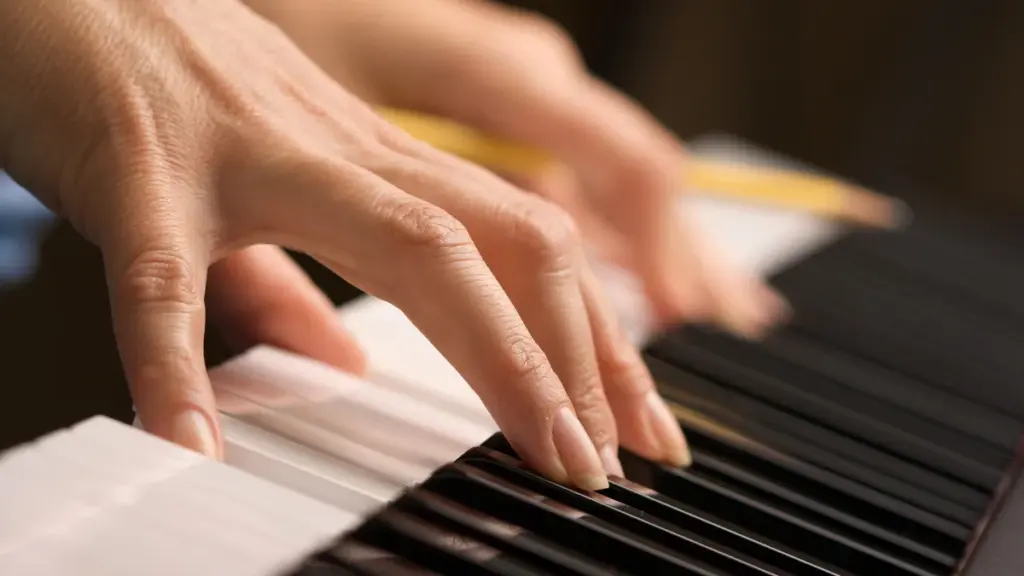The key action of digital piano is one of the considerations before purchasing this musical instrument. With the right key action, you can enjoy a comfortable playing experience.
The difference between each type of digital piano key action lies in the pressure generated by the fingers when touching the keys. There are heavy pressures like acoustic pianos, medium pressures, and light pressures.
Are you still unclear about the key action of digital piano? Let’s discuss it further so you can learn about the different types and choose the one that’s right for you.
What is the Key Action of Digital Piano?

The key action of digital piano is the mechanism and sensation felt by the user when pressing the keys. This mechanism is designed to mimic the feel and response of an acoustic piano, from the weight and resistance to the return of the keys after being pressed.
The quality of the key action greatly affects the playing experience, from dynamic control to the development of proper piano technique. By choosing the right key action, you can more easily transition to an acoustic piano.
Hammer-Action
Hammer-action is a type of key action in digital pianos that mimics the weight and feel of acoustic piano keys. This type of keyboard has lower keys that feel heavier than the upper keys.
With this type of key action, you can better control the dynamics and expression of your music. You can also build proper finger strength techniques, making it easier to transition to an acoustic piano.
Semi-Weight Action

Semi-weighted action is a type of key action in digital pianos that has keys with a slight weight. This type of key action provides resistance but still feels light.
This type of keyboard is suitable for beginners or those who often switch between piano and synth. You can practice with a better feel than a keyboard without weight.
Synth-Action

Synth-action is a type of key action in digital pianos that has lightweight keys without weights or resistance. This type of key action is not designed to mimic the weight and resistance of an acoustic piano.
This type of keyboard is suitable for those who are used to organs or synthesizers and need to play quickly. You can press and repeat notes very quickly without much effort.
Factors in Key Action
There are several factors in key actions that affect your playing. Here are some of them:
- Resistance: The resistance felt when pressing the keys.
- Key weight: The pressure applied to the keyboard; the heavier the key weight, the greater the resistance.
- Return: The keyboard returns to its original position after being released.
- Escapement mechanism: The movement of the hammer away from the string immediately after striking it.
Why is Key Action Important to Consider?

Considering key action means considering your playing comfort. Beginners may find it difficult to choose hammer-action right away. Conversely, those who are used to playing acoustic pianos may find it strange to switch to digital pianos with synth-action keyboards.
In addition to playing comfort, key action is important for developing techniques to build finger strength. Not only that, you can also control the dynamics, making your playing more expressive with volume and tone nuances that are not monotonous.
Those are the things you need to know about the key action of digital piano. Choosing digital piano with the right key action will help you play more comfortably. Choosing hammer action will provide a realistic playing experience, making it easier to transition to a piano.
Meanwhile, semi-weight action provides a practice experience with resistance yet remains lightweight, allowing you to switch between piano and synth. For those who need playing speed, synth-action might be the right choice.


